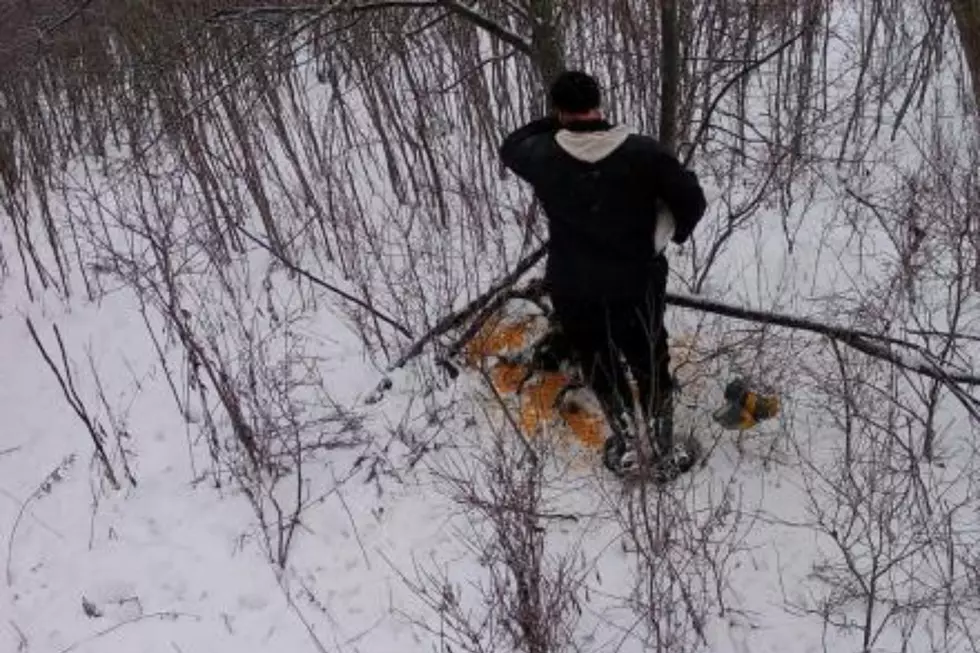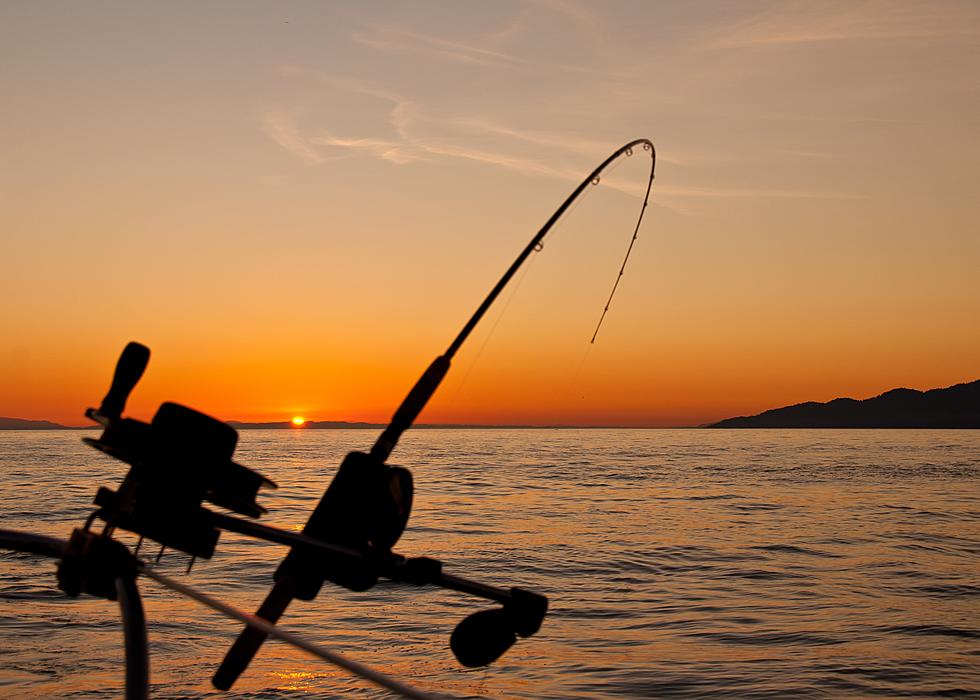
Winter Hiking Safety Tips After Hunter Mountain Rescues
Following two successful rescues this past weekend, the Department of Environmental Conservation is reminding us of the importance of safety when hiking in winter or for that matter, anytime of the year.
The two rescues occurred within 5 miles of each other in Hunter, NY and at least one of the incidents involved hiking alone on an undesignated trail .
A day trip to a state park or even a short, local hike can quickly change from pleasurable to life-threatening if you get lost, the weather suddenly deteriorates, or you become ill or injured.
We all know how fickle Mother Nature can be in New York. No matter how nice the weather may be at the start of the day, it can change quickly. Those changes can include sudden drops in temperature so planning for winter conditions and dressing appropriately are two keys
Plan for Winter Conditions:
- Check the current weather conditions and forecast before you set out.
Avoid hypothermia by staying dry and warm, drinking plenty of water, eating food, and resting often.
Remember that it takes more time and energy to travel on snow.
Plan for colder temperatures, stronger winds and deeper snow on high summits.
Use snowshoes or skis in snow to prevent post-holing, reduce injuries, and ease travel.
Carry crampons or other traction devices for use on icy areas.
Dress for Winter
- Wear winter boots
Dress with layers of wool and fleece (not cotton)
Add and remove layers to remain comfortable
Wear a wool or fleece hat
Wear gloves or mittens
Always carry a map and compass, plus make sure someone knows where you are going.Sign trail registers with your name and the time, if you become lost they will be helpful guides to find you. And while you may not always have cell service, it's even worse to have service and not know what number to call. Store forest ranger emergency contact numbers in your phone. Here are more helpful tips, including the life saving items that should be in your backpack.
More From Big Frog 104









